Day 3 in Rome was packed with iconic sights and hidden treasures, starting with the stunning Trevi Fountain (also known as Fontana di Trevi). The Trevi Fountain in Rome is one of the most iconic and beautiful fountains in the world, brimming with history and legend. Completed in 1762, the fountain was designed by architect Nicola Salvi and later finished by Giuseppe Pannini. The magnificent Baroque structure features Oceanus, the god of water, at its center, flanked by horses and tritons representing the power of the sea. But the Trevi Fountain isn’t just a feast for the eyes—it’s steeped in tradition! Legend has it that If you throw one coin into the fountain: you’ll ensure a return to Rome. Toss two coins: and you’ll fall in love with a charming Italian. Throw three coins: and you’ll marry the love you met! Needless to say I tossed 3 coins into the fountain! Around 3,000 euros are thrown in each day, and the money is collected to support local charities. Whether you’re marveling at its grandeur or tossing in your own coin for luck, the Trevi Fountain is a must-see for anyone visiting the Eternal City.
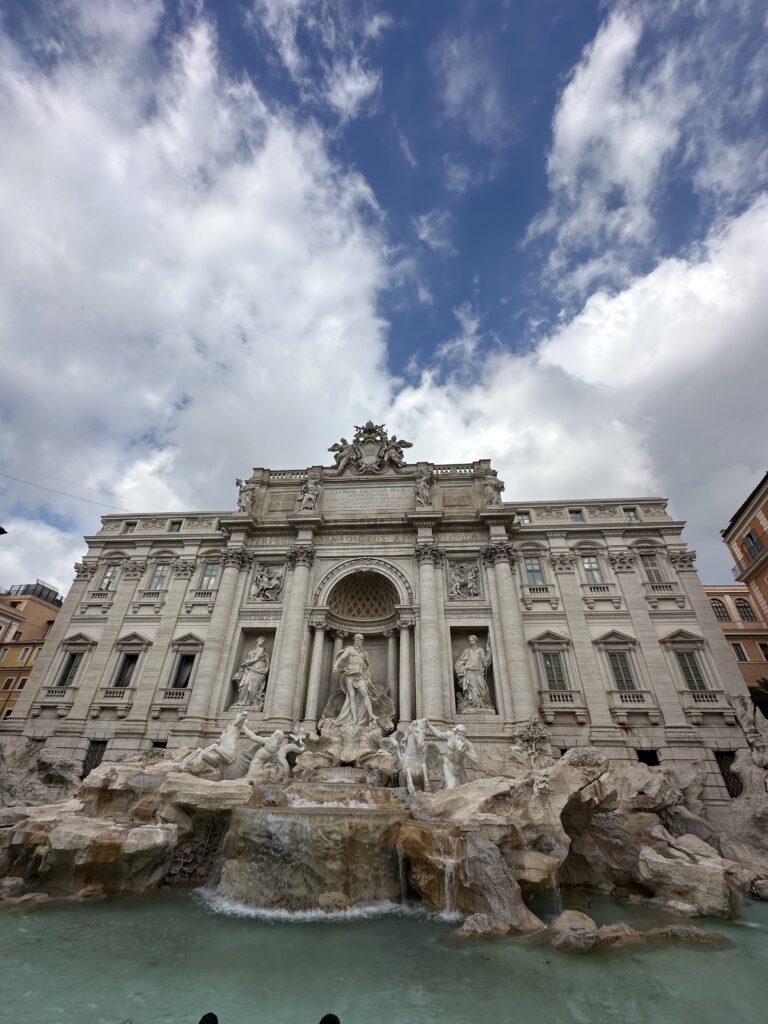
Next, I ventured to Vicus Caprarius, also known as the City of Water, a fascinating underground site just steps from the Trevi Fountain. This archaeological area reveals the ruins of ancient Roman aqueducts and structures, offering a glimpse into the city’s 2,000-year-old water system. Walking through these subterranean remains was like taking a step back in time to when Romans mastered the art of engineering. When I arrived, I was given a reservation time for an hour later, which gave me time for lunch. There is a 4 euro charge that you will pay when at your reservation time.
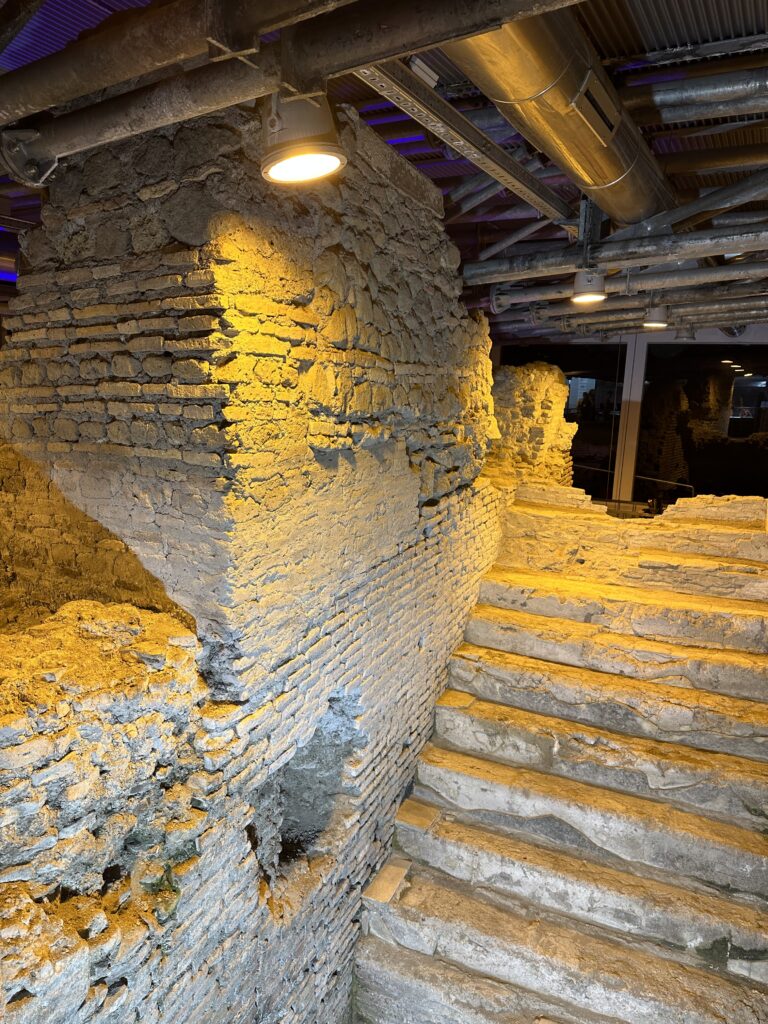
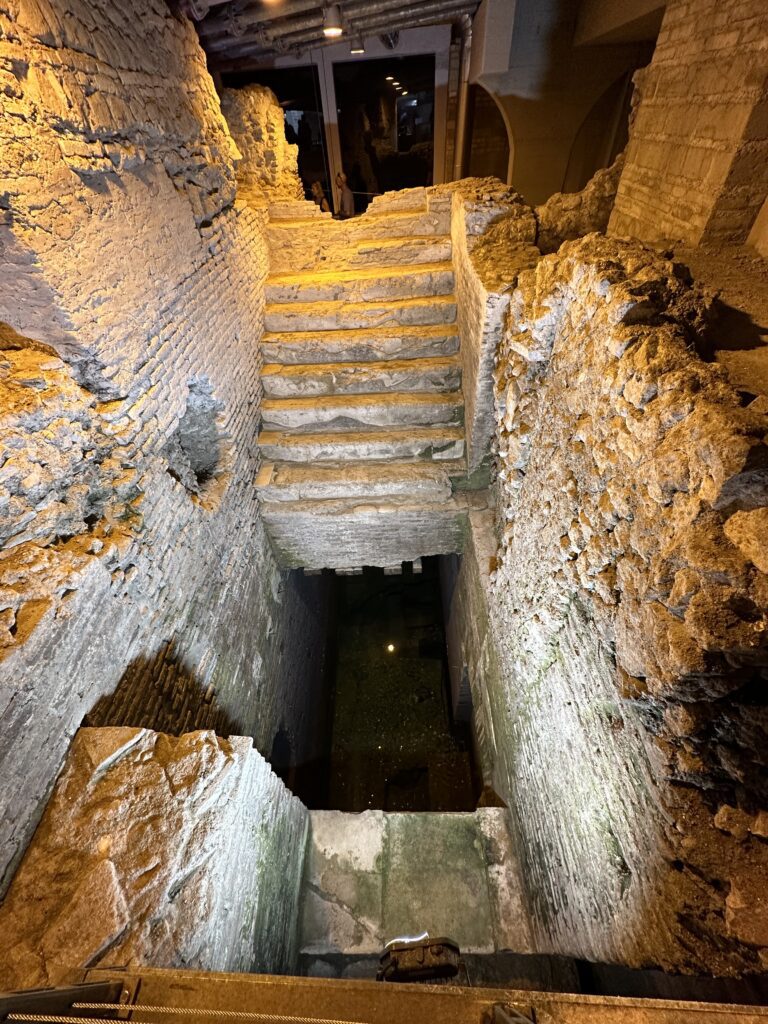
From there, I made my way to the Spanish Steps, one of the most famous staircases in the world. The 135 steps were built in the 18th century to connect the Piazza di Spagna with Trinità dei Monti, the beautiful church at the top.
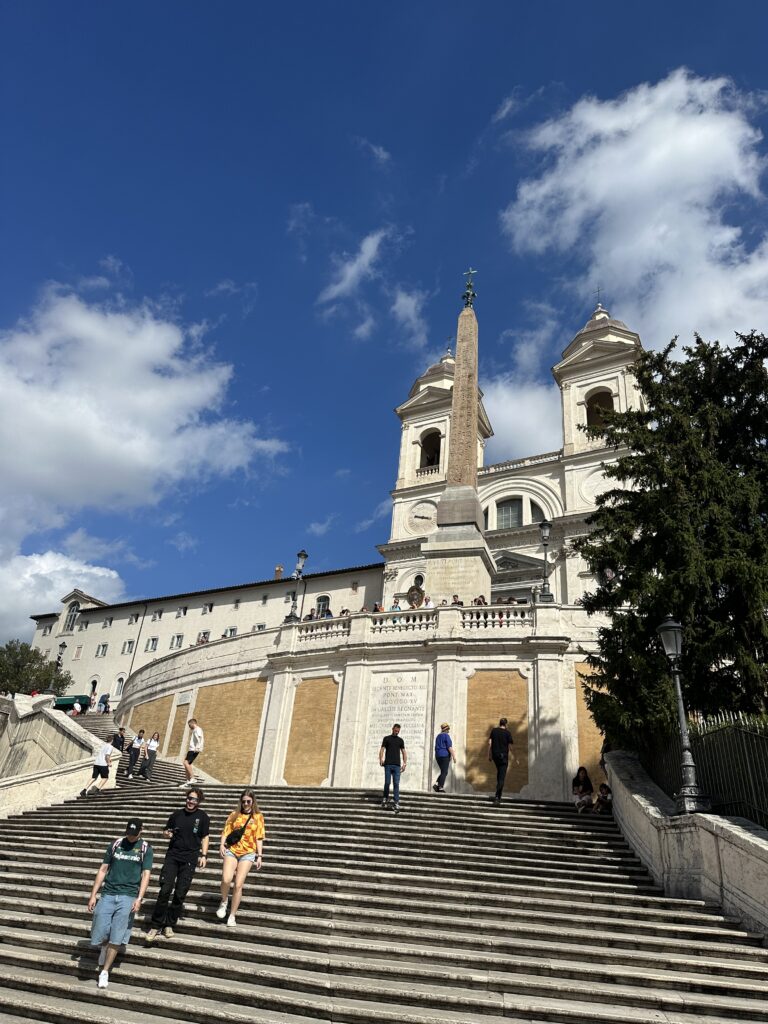
After climbing to the top (don’t worry, it’s easier than it looks!), I enjoyed the sweeping views of Rome. The church itself is a peaceful place to catch your breath and appreciate the history and architecture.
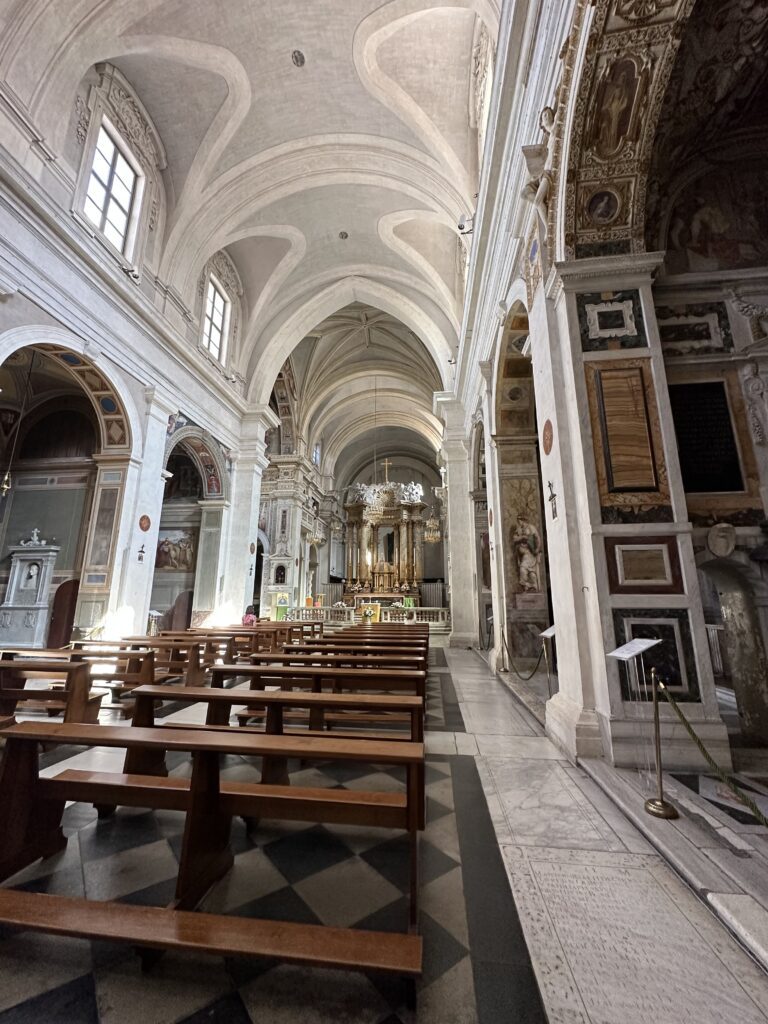
My final stop was the Napoleonic Museum. Tucked away in a quiet corner of Rome, this museum is dedicated to artifacts from the Napoleonic era. It showcases portraits, letters, and memorabilia related to Napoleon Bonaparte and his family. It’s a hidden gem for history lovers, offering a different perspective on European history, and it’s free to visit!
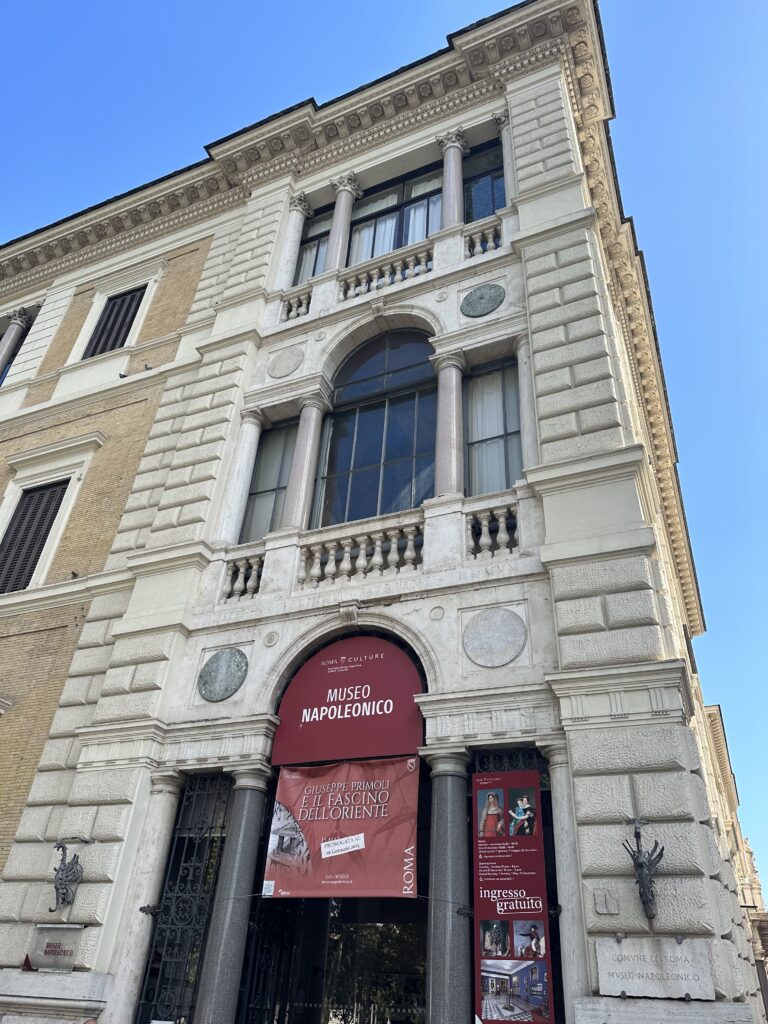
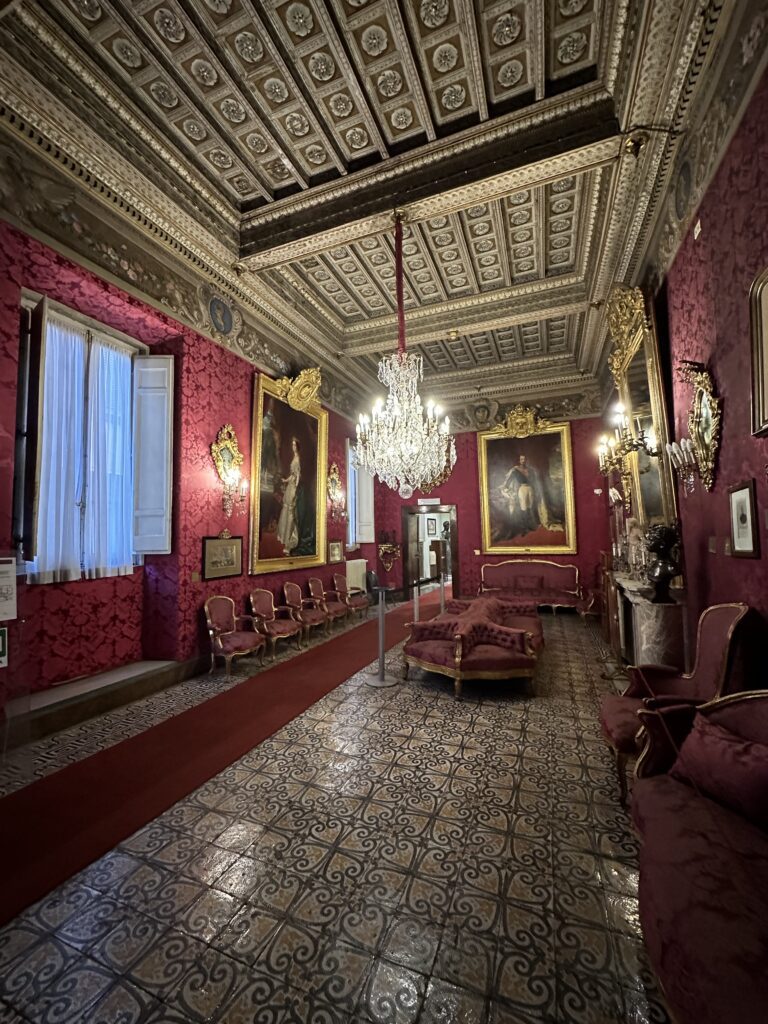
From tossing coins in the Trevi Fountain to walking the Spanish Steps, exploring Vicus Caprarius, and learning about Napoleon and his history at the Napoleon Museum, Day 3 in Rome was a perfect mix of history, culture, and fun!

